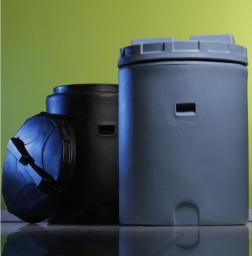Graphene nanotubes for polyethylene rotomolding: electrical conductivity with preserved mechanical properties and light colors
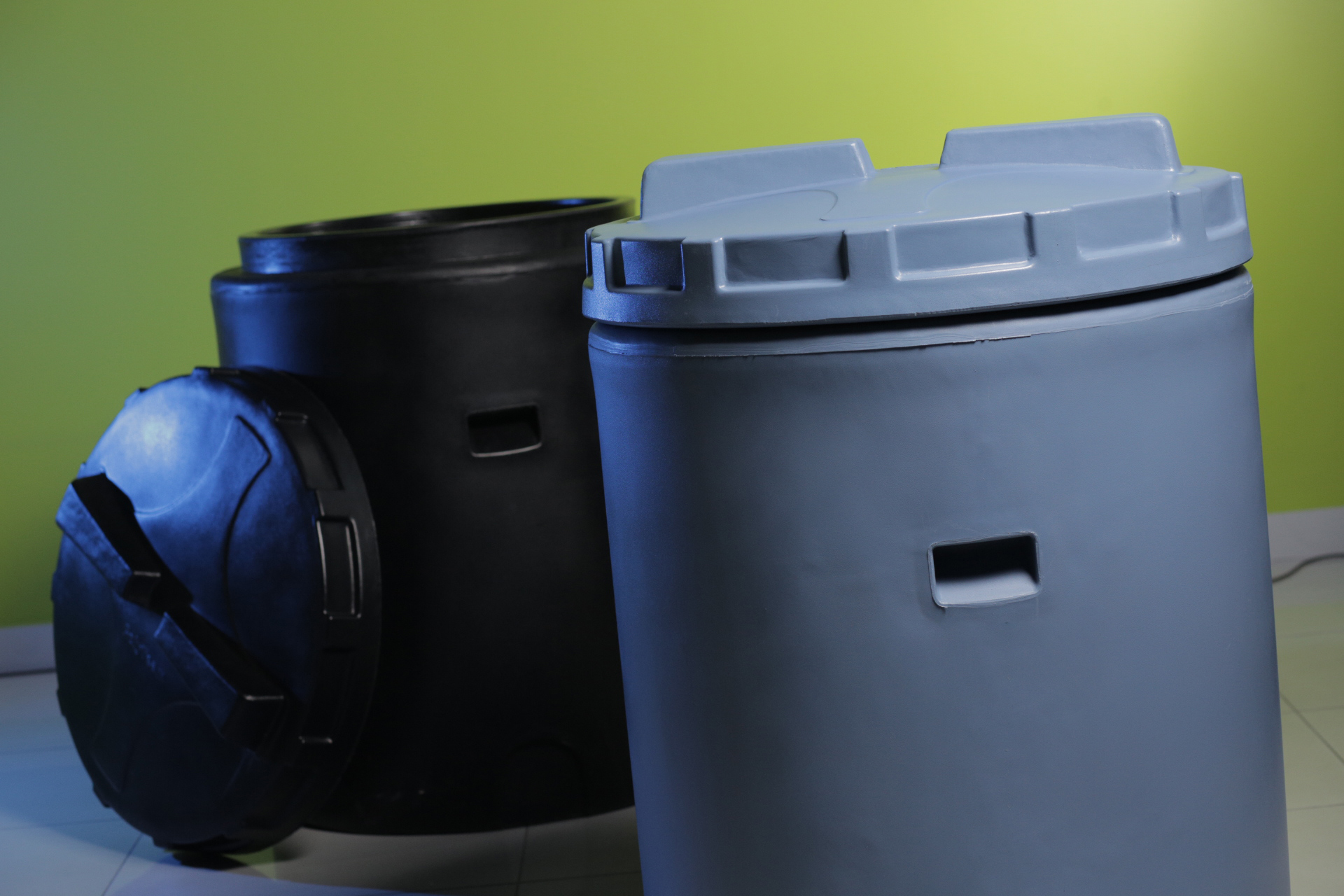
TUBALL™ graphene nanotubes are applied via easy-to-use TUBALL™ MATRIX, which is a line of additives based on polymer-carriers and pre-dispersed TUBALL™ graphene nanotubes, or TUBALL™ COAT_E suspensions.
Choose the TUBALL™-based product based on your requirements:
*Values may vary depending on the formulation, processing, and products, and are given as a typical reference.
Key benefits of TUBALL™ for rotomolded parts
- Low dosage starting from 0.01 wt.% TUBALL™ nanotubes to obtain conductive performance*
- Permanent, stable, and uniform electrical resistivity without “hot spots”
- Maintains a good balance of mechanical properties
- Possibility of color solutions*
- Stable performance reducing the number of out-of-spec parts
*Depending on the formulation, processing, and products.
Full range of resistivity: anti-static and conductive
Graphene nanotubes’ unique morphology allows them to create a dense conductive network inside thermoplastic compounds at ultra-low loading rates.
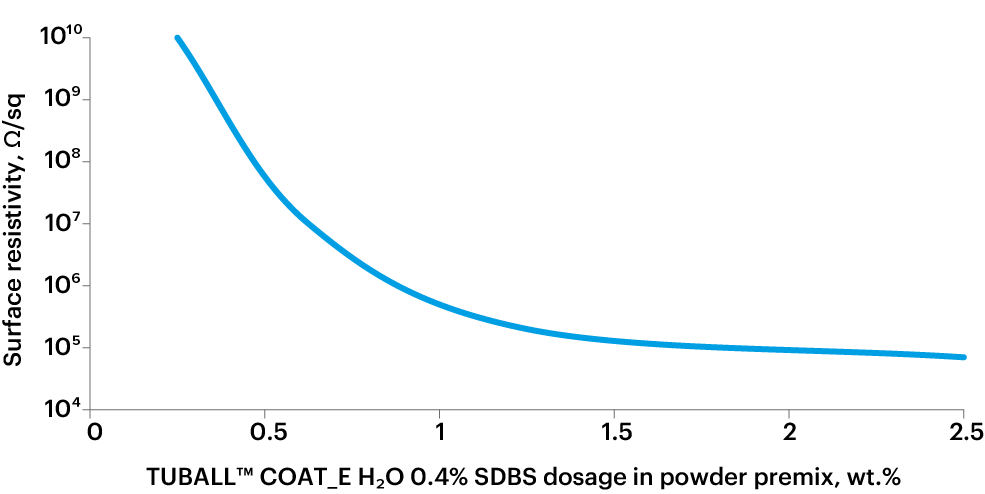
OCSiAl internal LLDPE formulation. IEC 61340-2-3.
Maintained mechanical properties
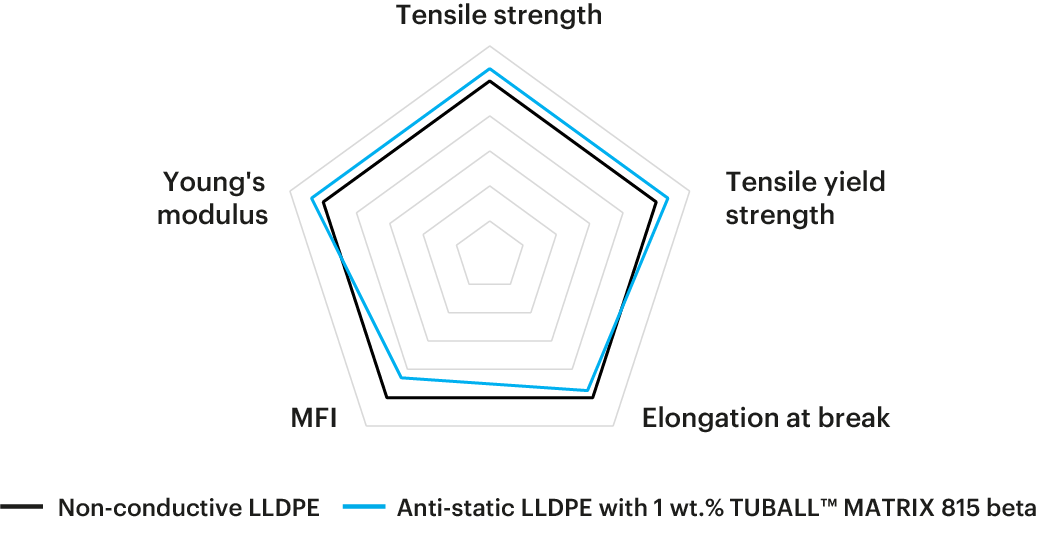
OCSiAl internal results.
Conductive polyethylene products manufactured by rotational molding technology have found wide application in flammable/explosive areas, such as in the mining, oil & gas, and other industries.
Easy to apply at required approach
TUBALL™-based products can be processed with standard equipment that is widely used in the thermoplastics industry.
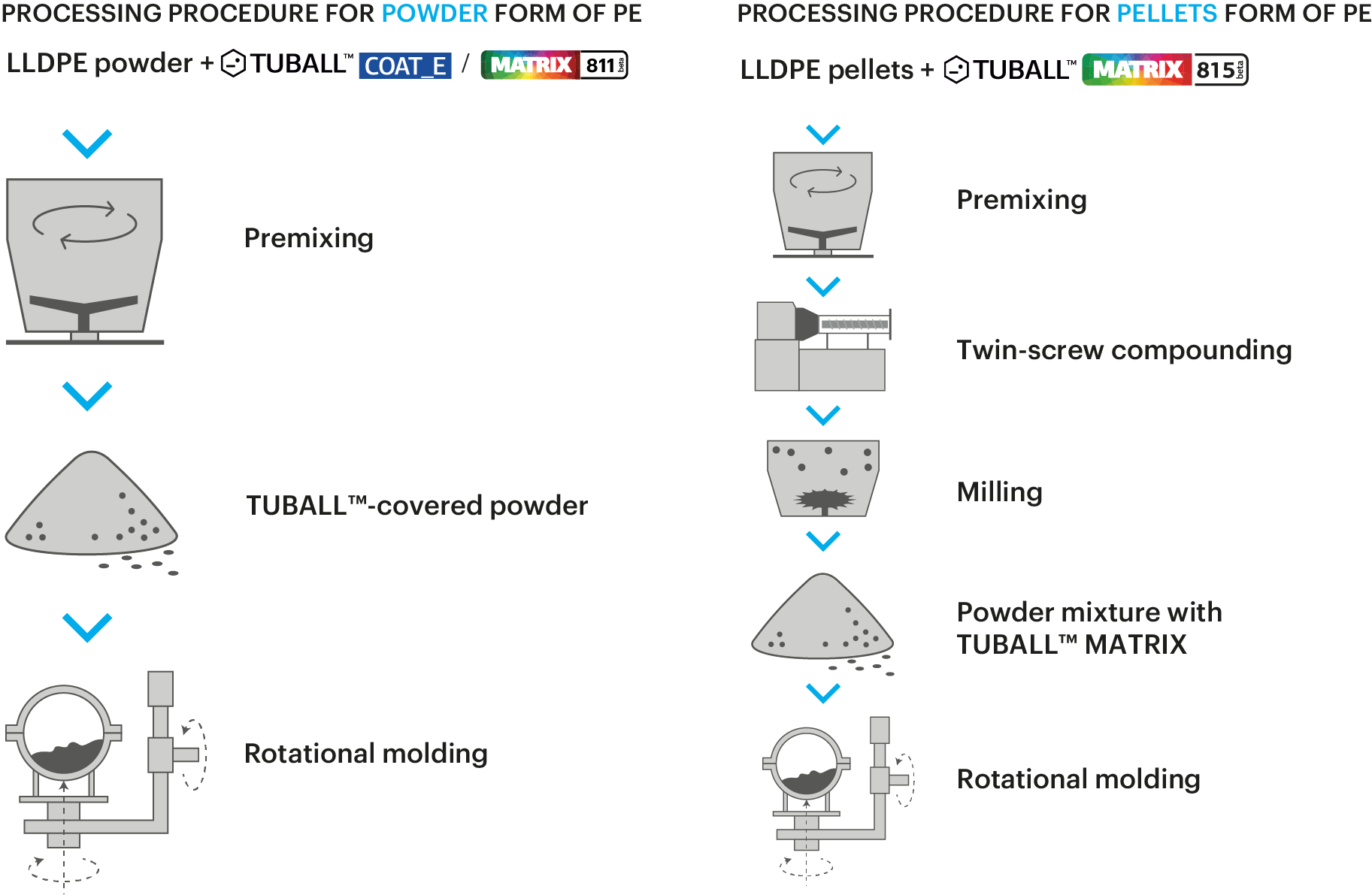
Related products
Application cases
